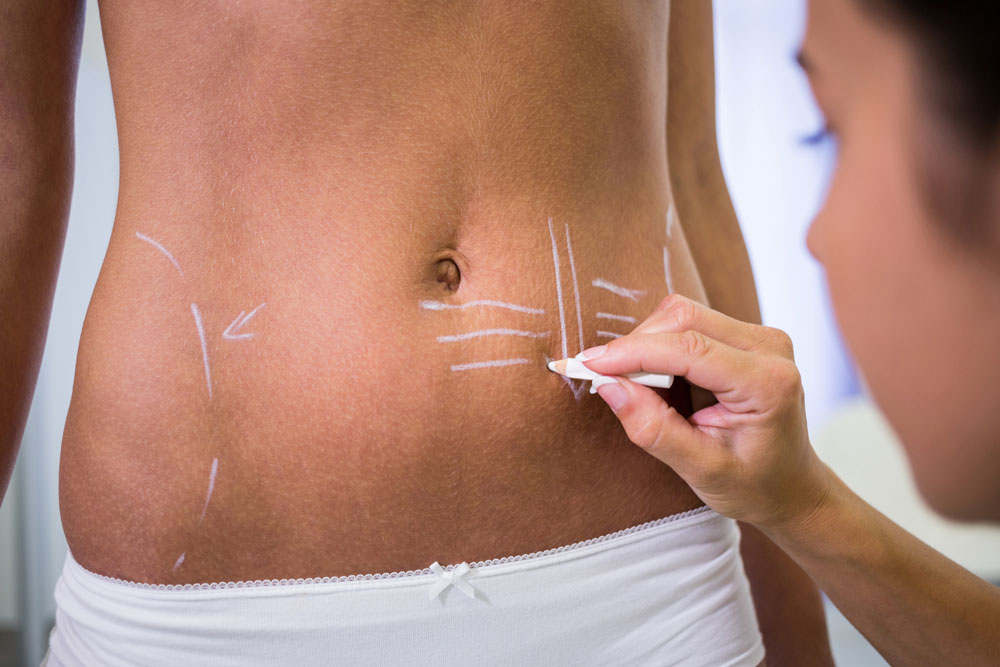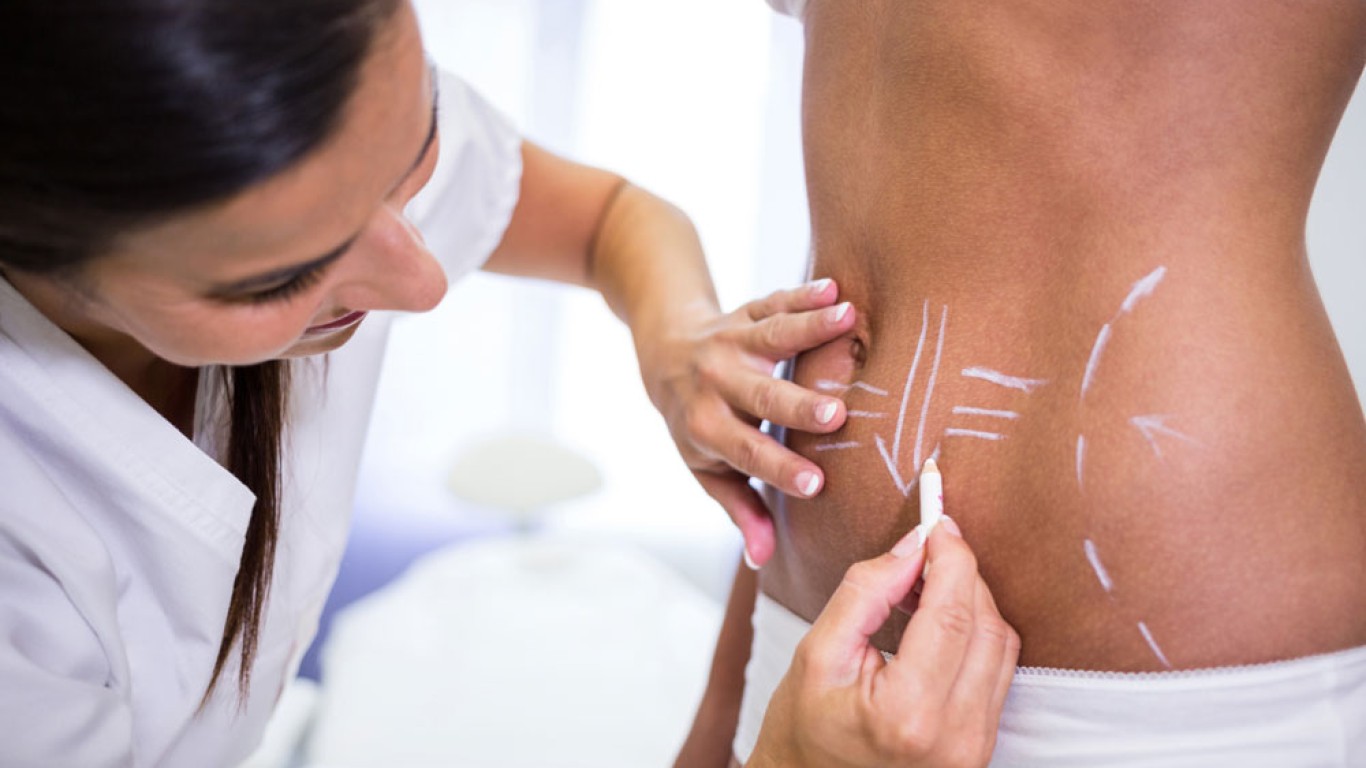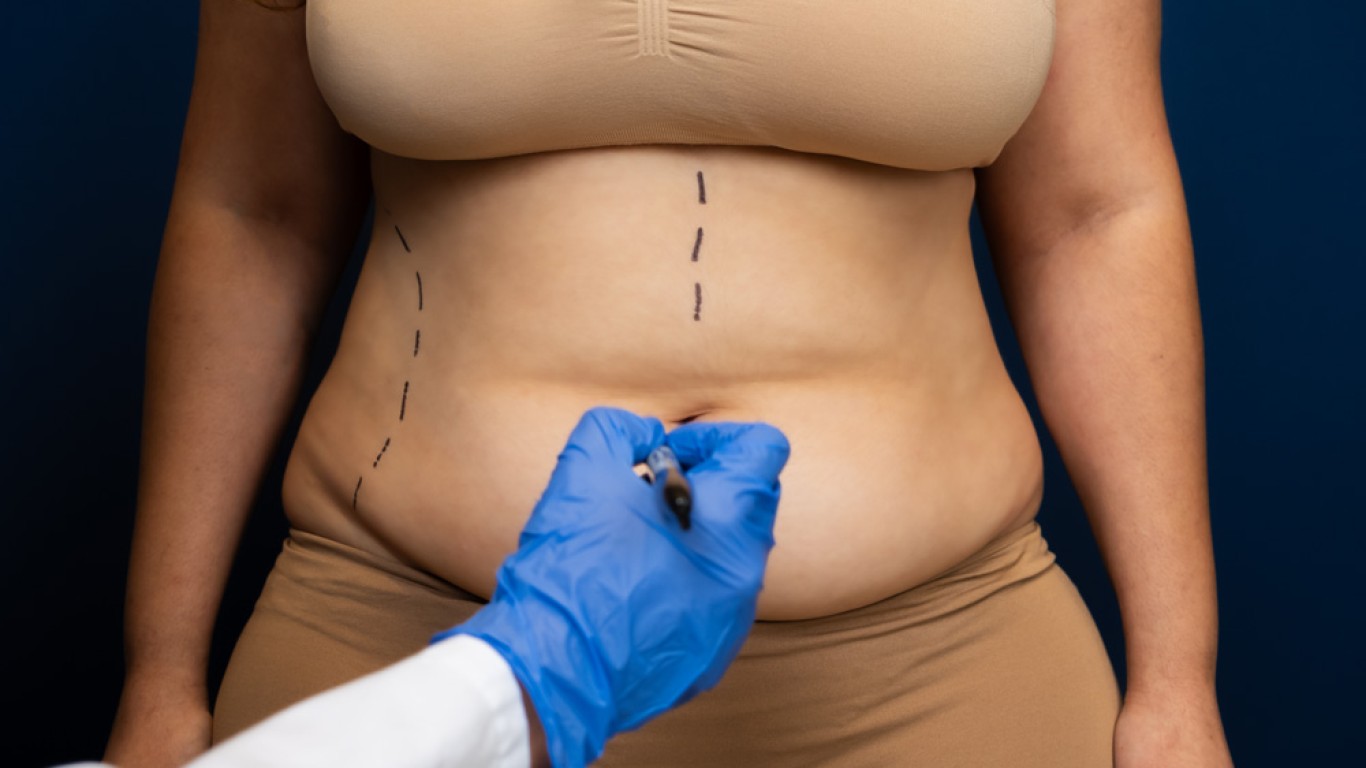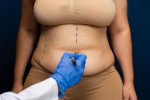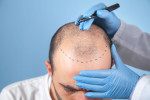Introduction
Abdominoplasty is a transformative procedure that can dramatically improve your body contour. However, the recovery phase is just as crucial as the surgery itself. Patients often ask, “How can I speed up abdominoplasty recovery?” In truth, there are many strategies you can adopt to enhance healing and reduce downtime. This article provides comprehensive Abdominoplasty Recovery Tips. We cover everything from nutrition and exercise to emotional support and aftercare.
Understanding Abdominoplasty Recovery
Recovery from abdominoplasty involves several stages.
- Initially, you may experience swelling, discomfort, and restricted movement.
- Over time, these symptoms gradually subside as your body repairs itself.
- It is important to recognise that each individual heals at a different pace.
- Factors such as age, overall health, and adherence to aftercare routines play a significant role in the recovery process.
- Abdominoplasty recovery is not only about physical healing. It also involves adjusting your lifestyle and routines to support the process.
- This means following your surgeon’s instructions carefully and being patient with your body.
- With the right approach, you can accelerate healing and return to your daily activities sooner.
Pre-Operative Preparation
- Before your abdominoplasty, proper preparation is key.
- A well-planned surgery starts with preparing your body and mind.
- Ensure you follow any pre-operative guidelines provided by your surgeon.
- This may include dietary restrictions, cessation of smoking, and specific instructions on medication use.
- Such measures help reduce the risk of complications and set the stage for a faster recovery.
- In addition, organising your home for a smooth recovery period is vital.
- Arrange for help during the initial days and set up a comfortable resting area.
- These steps contribute to minimising stress, which is an important factor in speeding up recovery.
Nutrition and Hydration
- A balanced diet is central to your healing process. Proper nutrition provides the building blocks for tissue repair and reduces inflammation.
- Focus on consuming lean proteins, which are essential for rebuilding muscle and skin.
- Foods such as chicken, fish, legumes, and tofu should be staples in your recovery diet.
- In addition to protein, ensure you consume plenty of fruits and vegetables.
- These provide antioxidants that help fight inflammation and promote healing.
- Whole grains and healthy fats also support recovery by offering sustained energy and promoting overall health.
- Hydration is equally important. Drinking sufficient water throughout the day helps flush toxins and supports cellular repair.
- Aim for at least eight glasses of water daily. Consider herbal teas or diluted fruit juices if you need variety.
Managing Pain and Discomfort
- Pain management is a critical aspect of recovery. Following your surgeon’s recommendations for pain relief will help you stay comfortable and avoid complications.
- Typically, you may be prescribed medications to ease pain and reduce inflammation. It is important to take these medications as directed and not to skip doses.
- Non-pharmacological methods can also complement your pain management plan.
- Applying ice packs to the abdominal area for 15 minutes at a time during the first 48 hours can help reduce swelling and discomfort.
- Gentle massages around, but not on, the incision area may also promote circulation.
- Relaxation techniques such as deep breathing or meditation can help manage pain and reduce stress.
Gradual Physical Activity
- While rest is important, gradually reintroducing light physical activity can be beneficial.
- In the first few weeks following abdominoplasty, focus on gentle activities such as short walks.
- These light exercises improve blood circulation, which aids in healing.
- As you progress, slowly increase your activity level, but always follow your surgeon’s guidelines.
- Avoid strenuous activities or heavy lifting during the early stages of recovery.
- Instead, incorporate simple stretching routines to keep your muscles active without causing discomfort.
- Over time, as your strength returns, you can resume more intensive workouts.
- Remember, gradual progression is the key to avoiding setbacks while speeding up recovery.
Emotional and Psychological Support
- The recovery process after abdominoplasty is not solely physical. It also impacts your emotional well-being.
- Undergoing major surgery can be stressful, and it is natural to experience mood fluctuations. It is essential to address these feelings and seek support when needed.
- Talking to a counsellor or therapist can also provide valuable emotional support.
- In addition, maintaining a positive outlook and setting realistic goals will help you stay motivated.
- Taking care of your mental health is an integral part of accelerating your overall recovery.
Effective Post-Operative Care
- Post-operative care is a cornerstone of a smooth recovery. It is crucial to follow your surgeon’s detailed aftercare instructions.
- These may include guidelines on wound care, medication schedules, and activity restrictions.
- Keeping the surgical site clean is essential to prevent infection. Use any recommended ointments or dressings.
- Avoid exposing the area to excessive moisture or sunlight until advised by your doctor.
Lifestyle Adjustments for Long-Term Success
- Long-term recovery after abdominoplasty requires ongoing lifestyle adjustments.
- Once the initial healing phase is complete, it is important to adopt habits that support your new body contour.
- Maintaining a balanced diet and regular exercise routine is essential. These lifestyle changes not only help sustain your weight loss but also prevent future complications.
- In addition, avoid habits that could compromise your results.
- For example, refrain from smoking and limit alcohol consumption. Both of these can negatively impact your healing process and overall health.
- Ensuring you get enough sleep and managing stress through relaxation techniques will support long-term recovery.
Conclusion
To summarise, speeding up abdominoplasty recovery requires a multifaceted approach. Initially, proper nutrition, hydration, and effective pain management are crucial. Gradual physical activity, combined with diligent post-operative care, sets the stage for a smooth recovery. Equally important are emotional support and long-term lifestyle adjustments. With careful planning and adherence to expert Abdominoplasty recovery tips, you can reduce downtime and enjoy the full benefits of your procedure.
For more information and to book a consultation visit the ACIBADEM Beauty Center website.
Frequently Asked Questions
Typically, the first 1-4 weeks focus on rest and a liquid diet.
Light walking is usually recommended after the first few weeks, with gradual increases over time.
You will begin with clear liquids, progress to pureed foods, and eventually reintroduce solid foods.
Follow your surgeon’s pain management plan and use ice packs and prescribed medications.
They allow your doctor to monitor progress, adjust your care plan, and address any complications early.

